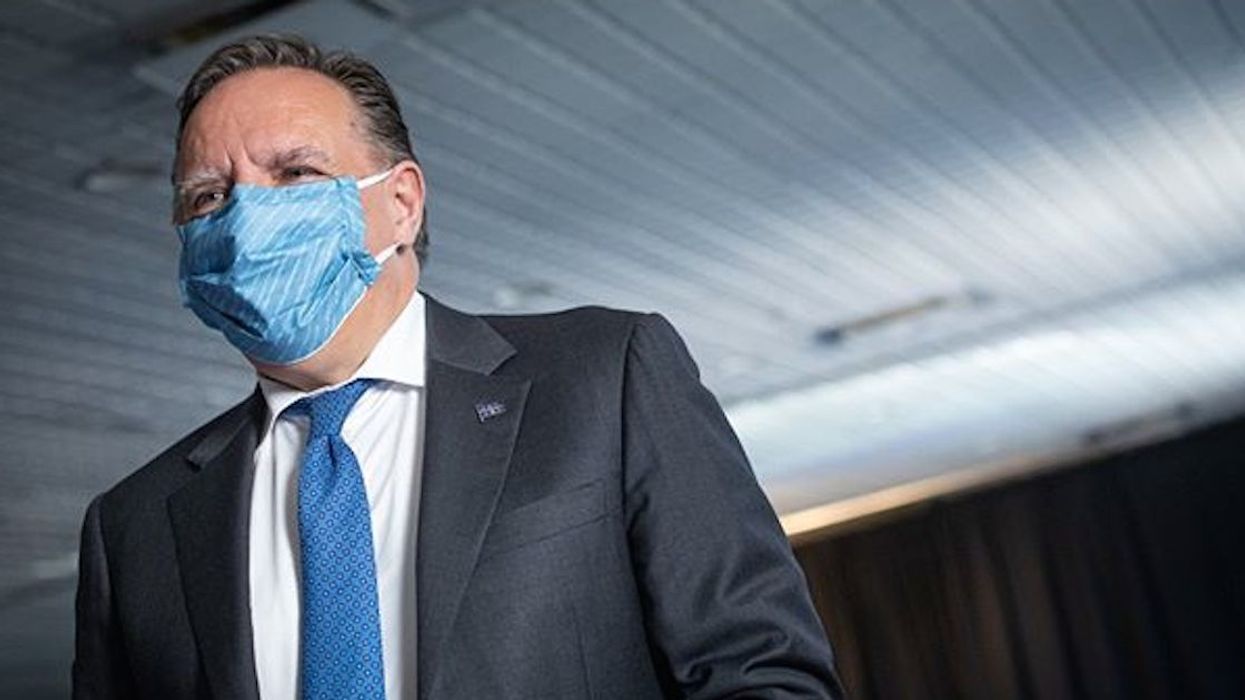A Montreal Infectious Disease Expert Shared What Quebec Needs To Do For The Second Wave
As we enter Quebec's second wave of COVID-19, many are wondering what we learned from the first spike and what the government plans to do next. We spoke to Dr. Matthew Oughton, Director of the Royal College Training program in Infectious Diseases at the McGill University Health Centre to learn more about what's gone well since the pandemic started in March.
"We made it through the first wave with little knowledge. You want to take the knowledge you've learned and apply it to move forward," he told MTL Blog.
"It may not be perfect, but we know more now than we did then."
Questions and responses have been edited for clarity.
Editor's Choice: Statistics Canada Is Hiring In Quebec For Help With The Census With Pay Up To $51,000
What has the government done right to prepare for a second wave?
One of the things that Quebec did more so than any other province was to prepare the hospitals relatively well.
Unfortunately the same cannot be said of the centres d'hébergement de soins de longue durée (CHSLD), which I think the provincial government used as a learning experience. I will say I'm impressed with the job that they've done to correct the understaffing.
I'm also rather impressed that the government planned to do 14,000 tests daily and recently doubled that.
When the "enemy" is invisible and highly-transmittable, it's the most effective measure.
I also really like the coloured zones. They're a great way to communicate in a quick and easy to understand fashion. And I applaud the idea of applying things to different regions. Different communities have different risks.
What hasn’t the government done right?
Although the use of this four-level system is clear and applicable, it is not as clear what the exact levels are and the combination of what it'll take to move between zones.
How and what does it take to move from orange back to yellow or up to red?
This is an arbitrary system. It's not unreasonable to ask that these things be made explicit and transparent with values and metrics.
Quebec is also having problems with issues of contact tracing, especially in the younger population.
Six weeks ago, the provincial government said it didn't want to use the federal government's app because of low case counts and privacy.
They said they'd reconsider. If not now, what are they waiting for?
Do you have an idea of how long the second wave could last? Could it possibly be worse than the first wave?
There's no clear definition of what a "wave" actually is.
It's safe to say that in general, pandemics always have multiple waves, other than that, it's too difficult to predict the size of the peak.
It could be bigger, but there have been pandemics where the second wave was smaller than the first.
There are too many factors that go into this.
It's like an ocean: in some places, the waters are calm, in others, they may be rocky with waves.
Remember, we haven't gone through this in the winter. It'll be different in colder and drier seasons when we naturally cough and sneeze more frequently. It's not unreasonable to expect increased transmission.
Do you expect there to be a third wave? How can individuals prepare?
A huge role is what we can do to take care of ourselves and others: physical distancing, mask-wearing, washing hands, etc.
And the flu shot will be a major benefit, too.
Authorities are worried about the "twindemic" — both COVID-19 and the flu taking hospital beds and ventilators simultaneously and creating more shortages.
If we want to get ahead now, we have to use available resources, both used and underused.
The trick is to watch things closely and act quickly.


